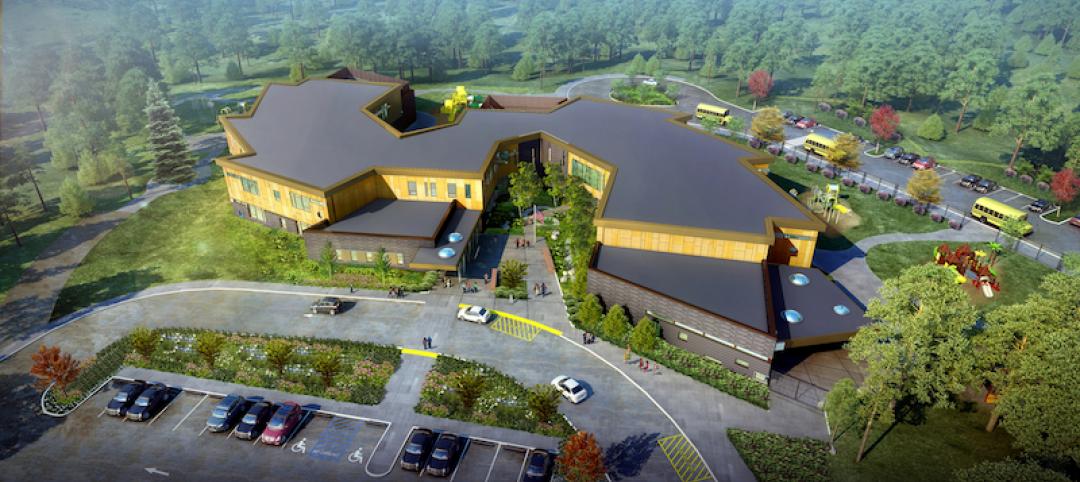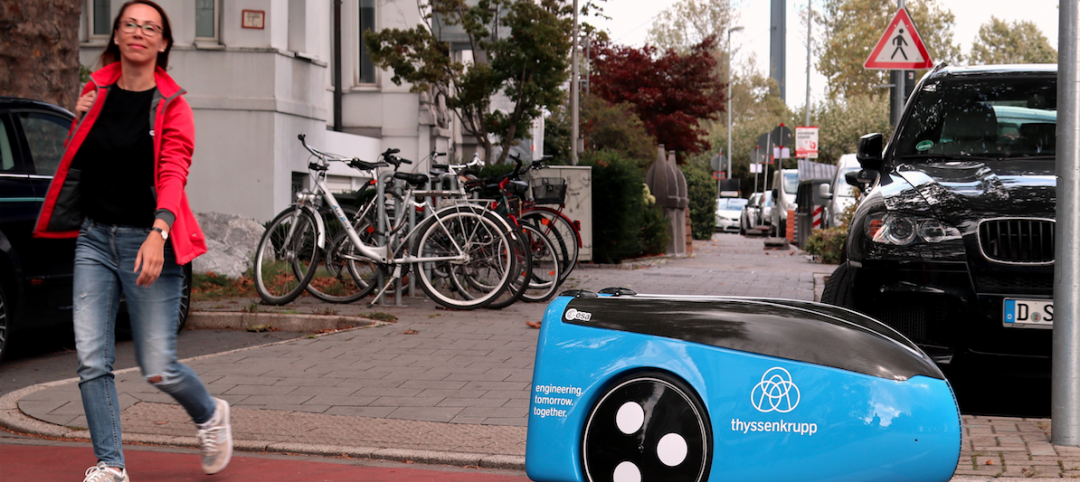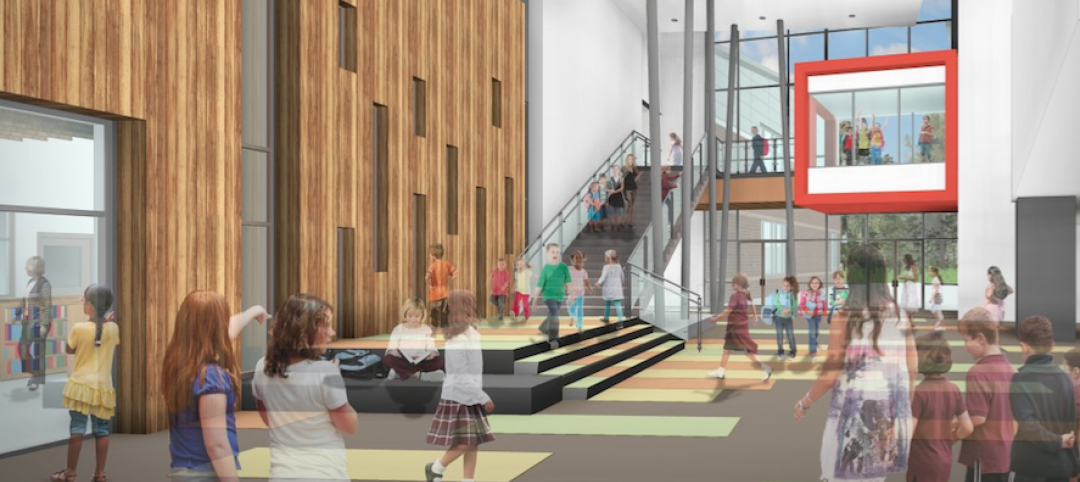Singapore's Parkroyal on Pickering not only has tiers of greenery draped in its contours, but the ample open air space for the outdoor plazas and gardens at the base of the building make it look like the hotel is floating. The design allows the building to max out on space: The 15,000 sm of plantings, water features, waterfalls, terraces and green walls come out to 215% of the site's area.
This week, the Council on Tall Buildings and Urban Habitat (CTBUH) named the Parkroyal on Pickering the Urban Habitat Award winner for 2015. The award, which was founded in 2014, recognizes tall buildings' contributions to the urban realm.
The five-star hotel and four other finalists were chosen "for their exemplary designs that are intelligently influenced by both their environmental and cultural context, and which add to the social sustainability of both their immediate and wider settings," according to a CTBUH press release.
The winners and finalists will be celebrated at an awards ceremony at the Illinois Institute of Technology in Chicago on November 12. The symposioum will have presentations from the owners and architects of each building.
The four other finalists were:
• Chatswood Transport Interchange (CTI) in Sydney, Australia
• d’Leedon in Singapore
• Jing An Kerry Centre in Shanghai, China
• Tour Carpe Diem in Paris, France
Related Stories
Healthcare Facilities | Feb 1, 2018
Early supplier engagement provides exceptional project outcomes
Efficient supply chains enable companies to be more competitive in the marketplace.
Industry Research | Jan 30, 2018
AIA’s Kermit Baker: Five signs of an impending upturn in construction spending
Tax reform implications and rebuilding from natural disasters are among the reasons AIA’s Chief Economist is optimistic for 2018 and 2019.
Market Data | Jan 30, 2018
AIA Consensus Forecast: 4.0% growth for nonresidential construction spending in 2018
The commercial office and retail sectors will lead the way in 2018, with a strong bounce back for education and healthcare.
Architects | Jan 29, 2018
14 marketing resolutions AEC firms should make in 2018
As we close out the first month of the New Year, AEC firms have made (and are still making) plans for where and how to spend their marketing time and budgets in 2018.
Education Facilities | Jan 29, 2018
My day as a kindergartner
The idea of a kindergarten-only school presents both challenges and opportunities in regards to the design.
AEC Tech | Jan 29, 2018
thyssenkrupp tests self-driving robot for ‘last mile’ delivery of elevator parts
“With driverless delivery robots, we could fill a gap and get spare parts from our warehouses to the jobsite faster,” said thyssenkrupp SVP Ivo Siebers.
Architects | Jan 26, 2018
Stephen Ayers, FAIA, honored with the 2018 AIA Thomas Jefferson Award
The award honors significant contributions to public architecture.
Architects | Jan 26, 2018
Recipients for the 2018 Collaborative Achievement Award selected
The recipients will be honored at the AIA Conference on Architecture 2018 in New York City.
K-12 Schools | Jan 25, 2018
Cost estimating for K-12 school projects: An invaluable tool for budget management
Clients want to be able to track costs at every stage of a project, and cost estimates (current and life cycle) are valuable planning and design tools, writes LS3P's Ginny Magrath, AIA.
Architects | Jan 25, 2018
Four keys to designing autistic-friendly spaces
Autism, in part, gave us modern architecture, writes PDR’s Julie Troung.
















